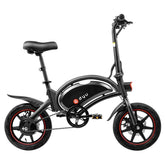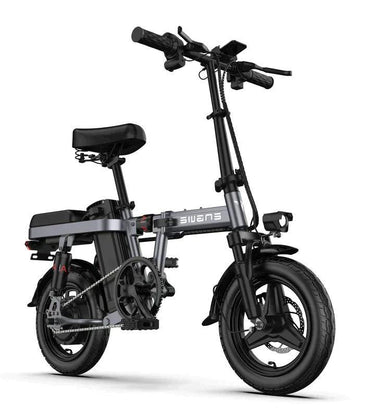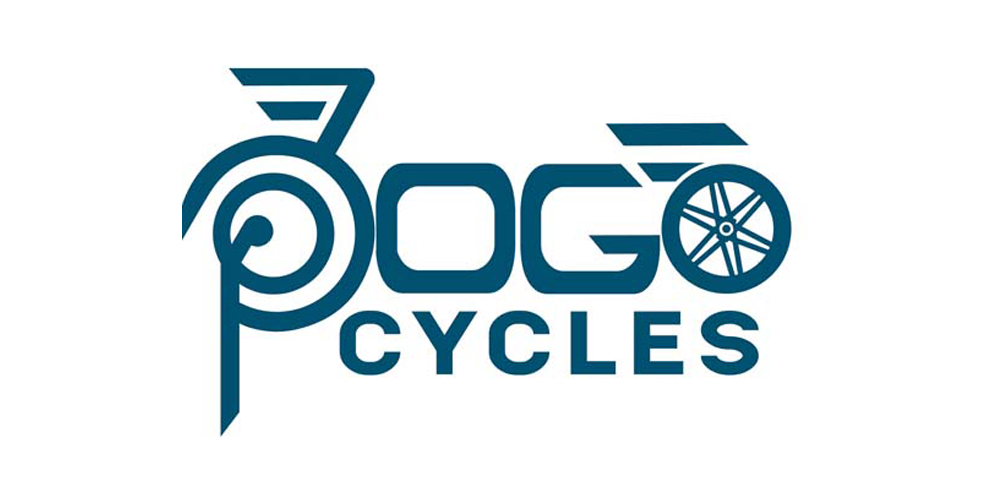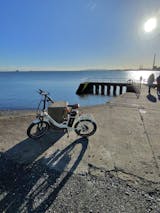Evolution of e-bikes
Introduction:
Although electric bikes have lately gained popularity, the original idea dates back to the 1880s. They are a more affordable, environmentally friendly, and effective form of transportation that can lessen global warming. Over 40 million e-bikes are currently in use worldwide, and they are becoming more and more popular.
The word "e-bike" designates a bicycle with an electronic battery. These either make propulsion easier or offer extra capabilities that enable the bikes to be operated manually or with a motor. A battery-powered bicycle was created in the US. The hub motor for this bicycle was installed within the back wheel. Its battery was positioned inside the frame's middle triangle. A notion like that is comparable to contemporary motorcycles.
Information and History of the Electric Bike
The only mode of transportation that has been able to significantly increase its market share during the past 20 years is the electric bicycle (e-bike). Since 1998, it has successfully witnessed strong sales growth thanks to its straightforward design that closely resembles a standard bicycle, tiny and efficient electric motor, and simple control methods.
Modification Of The E-Bikes:
- In 1895 for a battery-powered bicycle with a hub motor installed within the back wheel and a battery residing inside the frame's main triangle. This design is conceptually similar to several contemporary electric bikes. More designs and bikes came into being as time went on, some of which served as the inspiration for several of our modern-day vehicles. A "double electric motor" powered an electric bicycle created in 1897. The crankset axle's hub, where the motor was designed, was used. The design and operation of this model is comparable to that of some of the modern mid-drive motorcycle engines.
- The first instances of mass production of electric bikes happened in the middle of the 20th century. One of the first regions to experience these early adoptions with higher output and utilization rates was Europe. In 1975 and 1989, Japanese manufacture and technology eventually made their way into the world of electric bikes. These bikes continued to use lead-acid and nickel-cadmium batteries, which were heavier than the more recent battery technologies.
- The advantages of new entrants into the ebike market spurred further innovation and the production of additional ebikes.
- E-bikes were known as power-bikes, Pedelecs, Pedal-assisted, etc. by the early 2000s, when they had attained a sufficient level of popularity. Modern e-bikes are equipped with cutting-edge technology, which increases their dependability, comfort, and longevity. Others add unique fittings, tyres, and aesthetics to their bikes. These bicycles are also known as hybrid bicycles and are utilized in bicycle sports. E-bikes are poised to take the bike market by storm with uses that span off-roading, sports, and daily transportation.
- Electric bikes usage and production are currently expanding gradually around the world as riders of all ages incorporate ebikes into their daily lives. Biking is now regarded as being more accessible to users of all ages and backgrounds thanks to an electric motor. As more people can now participate in the activity thanks to the introduction of e bikes and fat tyre bikes, even mountain biking is becoming more and more popular. With an ebike, bicycle commutes that would be too far, long, or slow are now feasible. Many other contemporary ebikes are made with commuting and city riding in mind. E-bikes' advantages, comfort, and efficiency, along with specially made components and infrastructure
Electric bicycle production is currently steadily increasing on a global scale. Various nations have different laws that control their use on public highways. They are frequently grouped with bicycles, while in some places they are seen as a subtype of motorcycles and motorised bicycles. Check FIIDO electric bike
Prior to the widespread production of vehicles, electric power assist bicycles existed, but they were very heavy, making a good traditional bike faster. E-bike technology has just recently developed to the point that riding one is as wonderful as riding a bicycle, only faster.
Driving Directly and Sensing Cadence
With stronger motors and support from the pedals as they are spinning, you could climb hills like never before. typically utilizing large "direct drive" motors, which are essentially a large set of magnets, to give significant acceleration. Normal bikes might be retrofitted, and you could choose different modes to regulate your power. Check bike to work scheme
The best electric bikes currently have brains that process data from a variety of sensors, including speed, cadence (pedal rotations per minute), torque, and the mode you chose, to give the controller total awareness of your riding so it can apply power in the ideal amount and at the ideal time for the experience to feel seamlessly natural. Now it can estimate your range depending on the remaining battery level that is displayed on the display.
What comes next then?
The fastest-growing electric vehicle trend of all time is eBikes, and that trend doesn't appear to be slowing down anytime soon. New developments in this area are expected to be few, although firmware upgrades and custom settings will continue to bring about advancements.








